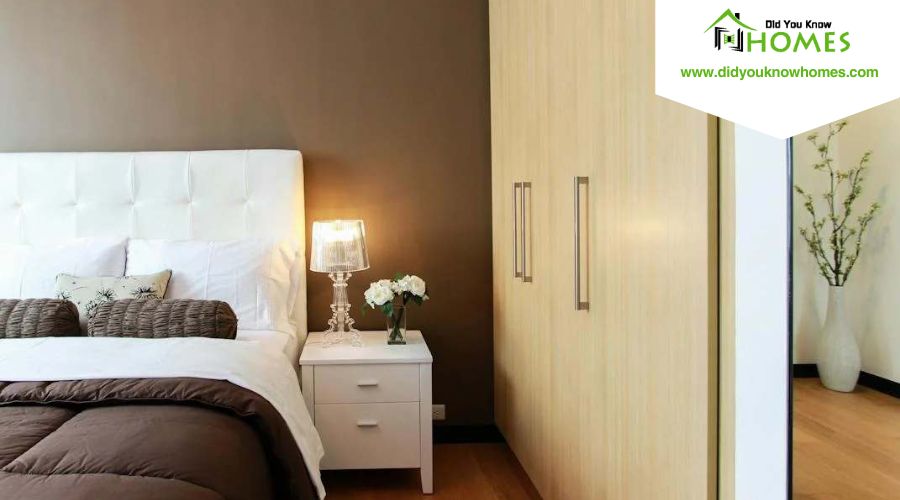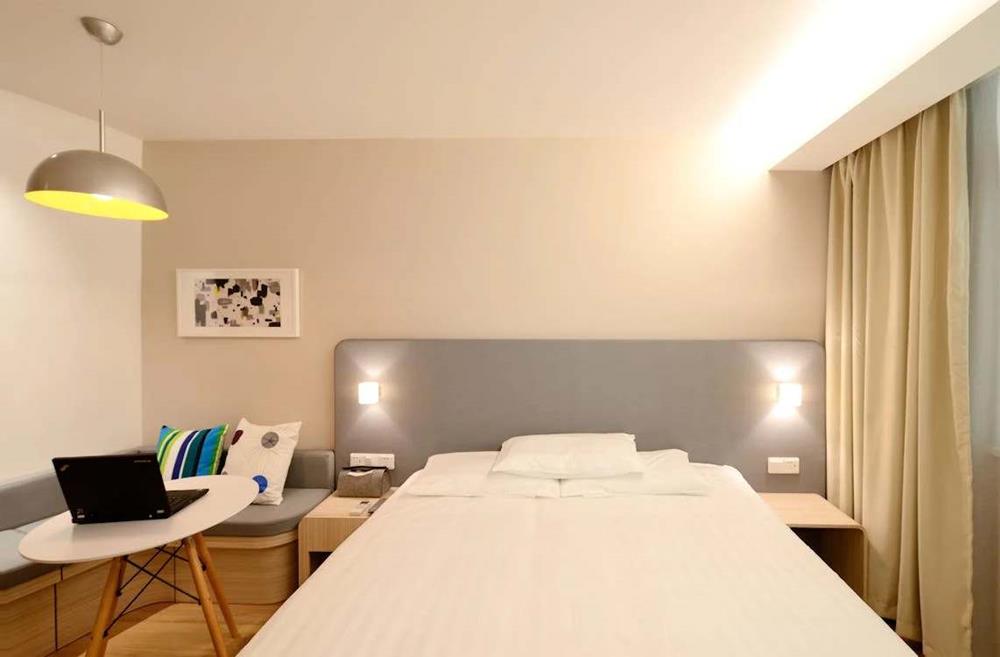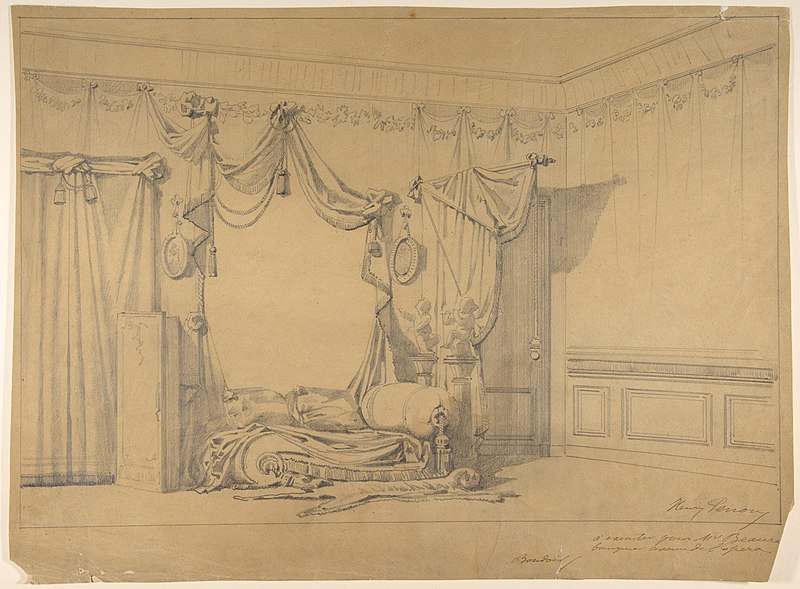The bedroom, a sanctuary for rest and privacy, has a rich and varied history that reflects the evolution of human living spaces and cultural practices. From ancient times, when communal sleeping was common, to the present day, where bedrooms symbolize personal space and comfort, the concept of the bedroom has undergone a remarkable transformation.
This article traces the path of this evolution, shedding light on how societal changes, technological advancements, and shifting attitudes toward privacy and comfort have shaped the bedroom into the intimate, personalized space we know today.
The Earliest Beds
The history of the earliest beds is as intriguing as the evolution of human civilization itself. Archaeological findings suggest that the first beds were created around 77,000 years ago, as discovered in South Africa. These early beds were not the structured frames we are accustomed to today but rather clever arrangements of plant material designed to elevate sleeping individuals off the ground. This elevation provided protection from cold, damp surfaces and crawling insects, marking the first steps towards personal comfort and safety during sleep.
In ancient Egypt, around 3,000 BCE, beds began to resemble more closely the furniture pieces we recognize today. Egyptians elevated wooden frames off the ground, topped with layers of palm leaves, animal skins, or soft fabrics, catering to the comfort of the elite. These beds also held spiritual significance, with the height off the ground symbolizing closer proximity to the gods. Notably, the famous Pharaoh Tutankhamun was buried with a gold-plated bed, illustrating the importance of beds within royal and religious contexts.
The Origins of the Word “Bedroom”
The term “bedroom” itself has an interesting origin, rooted deeply in the English language and reflective of the room’s primary function. The word is a compound of “bed,” a place for sleeping, and “room,” a separate space or area. Historically, the word “bed” comes from the Old English “bedd,” related to the Proto-Germanic “badja-” and the Proto-Indo-European root “bhedh-” meaning “to dig, pierce,” indicating the initial action of making a bed by hollowing out a space. The Old English word for room, “rūm,” signifies space or an area, which has remained largely unchanged in meaning over centuries.
The specific combination of these two words to denote a sleeping chamber emerged more prominently in the Middle Ages, around the 14th century. Before this period, sleeping areas in European dwellings were often multipurpose spaces with little distinction from other living areas. However, as architectural styles evolved and homes became larger and more complex, the designation of particular rooms for sleeping became more common, leading to the birth of the “bedroom” as a separate, private space within a household.
The Bedroom During the Middle Ages
During the Middle Ages, the bedroom’s significance continued to evolve. Castles and large estates in medieval Europe (5th to the 15th century) featured chambers designated for sleeping, known as bedchambers. These rooms were often multifunctional, serving as private living spaces for the lords and ladies. The concept of personal privacy began to emerge, with the bedchamber becoming a place for retreat.
Bedrooms from the Renaissance to the 19th Century
The Renaissance period ushered in a new era of art and culture that greatly influenced bedroom design. By the 15th and 16th centuries, bedrooms became more ornate, with an emphasis on artistic furnishings and decorations. This period also saw the introduction of the four-poster bed, symbolizing status and luxury. The 19th-century Victorian era further emphasized the bedroom’s privacy and comfort, with more households adopting the idea of separate bedrooms for each family member, reflecting changes in social norms and family dynamics.
20th Century to Present Bedrooms
The 20th century marked significant changes in the function and design of the bedroom, with advancements in technology and changes in lifestyle influencing its evolution. Post-World War II economic growth led to larger homes with individual bedrooms for children, emphasizing the importance of privacy and personal space.
The late 20th and early 21st centuries have seen bedrooms become multifunctional spaces, accommodating work, leisure, and exercise, in addition to sleep. Innovations in comfort and design, such as memory foam mattresses and customizable bed frames, reflect the ongoing evolution of the bedroom to meet individual needs and preferences.
Conclusion
From the communal sleeping areas of ancient civilizations to the personalized and private sanctuaries we cherish today, bedrooms have transitioned from merely functional spaces to expressions of individuality and comfort. This evolution reflects our ongoing desire for privacy, relaxation, and a space that truly feels like our own.
Additional Suggestions
- Check out www.americancasinosites.com for top recommendations on online casinos that allow you to play casino games in your bedroom, your home, or anywhere.
If you want to know the best online casino that is gaining popularity in Australia, open the given link.




